

Iceland is a Nordic Island Nation lying in the North Atlantic and the Arctic Ocean. The harsh weather conditions are the reason for its sparse population. Despite this, it has a strong and diverse economy with a stable manufacturing and services sector. It is also rich in geothermal resources and hydropower. The country has around 60 ports and harbours that meet the locals’ needs and export fish and fish products, medicinal goods, aluminium and ferrosilicon.
Let us have a look at ten major ports of Iceland.
Located on the southwestern coast of Iceland, Reykjavik is the principal port of Iceland, specialising in all kinds of cargo and offering a plethora of maritime support services to customers. It is also the most popular cruise port, given its location and facilities.
Sundahöfn harbour complex is situated east of the city centre and handles cargo operations. It is also where the two biggest shipping companies, Eimskip and Samskip, run their container terminals.
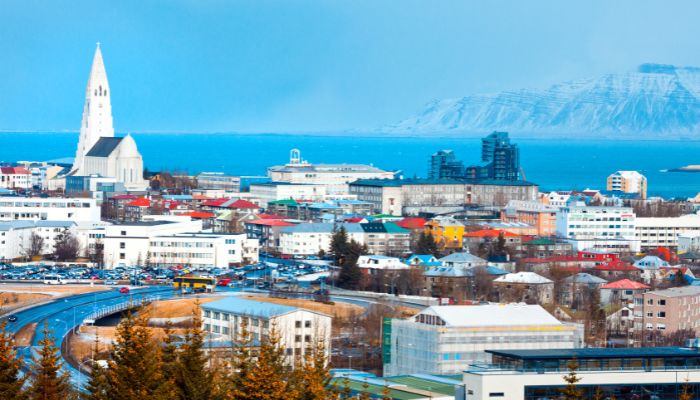

The Old Harbour, also called Gamla Hofnin, lies amidst Reykjavik and welcomes small cruise ships on the eastern pier. The western side of the harbour is for fishing vessels only. It also accommodates bunker barges, container vessels, and general cargo ships carrying cereals and grains. It also has facilities for RORO.
The port remains ice-free throughout the year and has over 4000 metres of quayage. It also functions as Iceland’s central depot for petroleum products. The Sundahofn provides ship repair.
The port exports fish, fertilisers, oil, and general cargo and imports oil products, cement, construction material, packaged items and grains. Approximately 1,995,526 tonnes of cargo and 228,420 TEUs are handled by the port annually.
Akranes is a popular commercial hub and fishing centre at the western end of a grassland belt enclosing the Mountains of Akorafjall, about ten nautical miles from Reykjavik. It is a small enchanting town of 7000 people living a slow and peaceful life. It also has an old lighthouse and a museum open to tourists regularly.
It handles cement goods, fish, fish meals, fish oils and passengers. About 140,000 tonnes of fish and 170,000 tonnes of cargo, including 110,000 tonnes of chalk sand, are handled at the port annually. There are many things to do and see in the region, especially outdoor recreational activities.
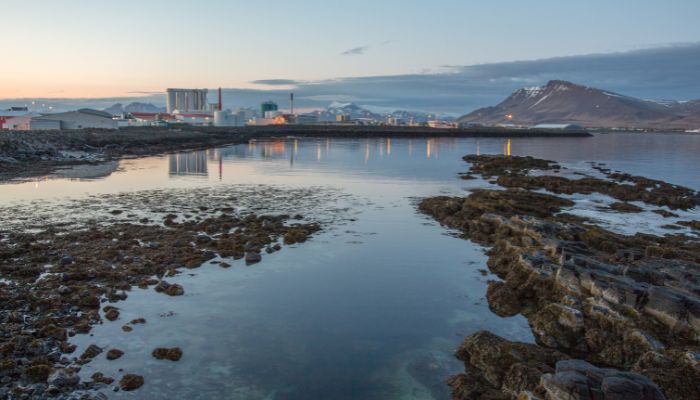

Akrafjall mountain attracts hundreds of people every day. The Langisandur sand beach is another famous spot with the Blue Flag environmental certificate.
Langisandur beach is open all year round for swimming and is packed with sunbathers when the sun is a little generous on some days. Golf lovers can be found at the Garðavöllur golf course, which has 18 holes and facilities for practising. Other tourist attractions include the Snæfellsnes peninsula and the Glymur, Hraunfoss and Barnafoss waterfalls.
Lying on the northern shores of Ford Hvalfjordur in Faxafloi Bay, north of Reykavik on the southwestern coast of Iceland, this port has two berths and a rectangular landfill. It serves an aluminium smelting factory and a ferrosilicon plant. Hence, major exports include aluminium and ferrosilicon, while imports are usually bulk commodities for these factories.
The port has an overall pier length of 580 metres with a maximum water depth of 14 m. Storage facilities for raw materials and containers are available. Around 300 ships and over 1,600,000 tonnes of cargo are handled at the port annually.
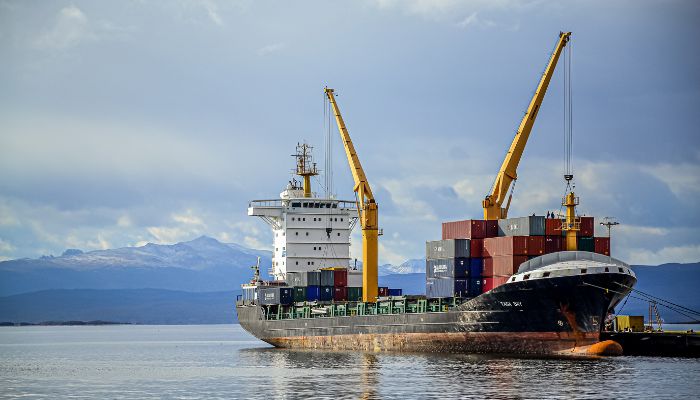

The port has much potential for future development since the basic infrastructure, and all the utilities are already in place. The government, however, wants to encourage ship construction, repair and maintenance services due to the availability of enormous land. It would also enable the establishment of small and medium-sized industries to aid the locals.
The port authority has 315 hectares of land to be brought under development. Once it is done, the area will be a full-fledged industrial zone. It could also be used for unloading animal feed and other Agri bulks, exporting cement from the Sementsverksmiðjan plant in Akranes or opening a facility for fish export which would provide increased capacity for fishing companies of Iceland. It could also be used to enlarge the aluminium plant or import automobiles.
Spanning two kilometres, Eskifjordur has calm waters and forms a branch of the Reydarfjordur, the longest fjord in the eastern part of Iceland. It is 30 kilometres long and 7 kilometres wide, and sufficiently deep. The channel leading to the port is clear and safe. It also gives a breathtaking view of the mountains and the town of Eskifjörður.
The port has a 130 metres or 266 feet long pier called Hafskipabryggja. It also has other structures facing the beautiful waterfront. There are brightly painted houses with Norwegian influences giving it a charming appeal.
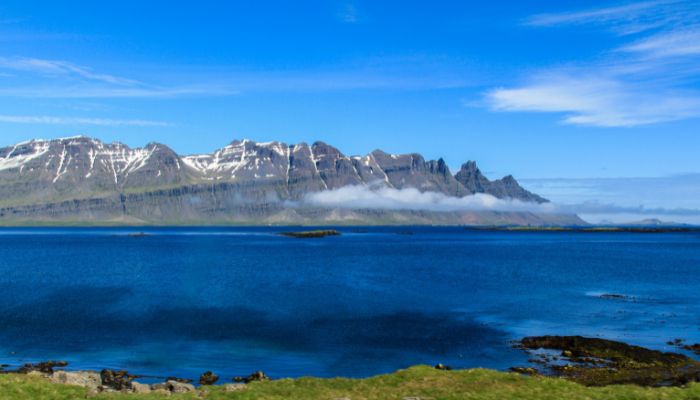

It is a famous cruise destination visited by many tourists worldwide. Cruise ships berth near the centre of the town, which also boasts a small yet well-equipped marina for small crafts. Tour buses pick up guests, and one can enjoy local delicacies and relax amidst the snow-clad mountains. This port usually handles passengers and negligible cargo vessels.
Thorlakshofn port lies on the western shores of Hafnarvik, on the southern coast of Iceland. It serves as a harbour for fishing vessels and also provides ferry services to Vestmannaeyjahofn.
The village settlement comprises families engaged in commercial fishing. It has a main road and is one of the best places in Iceland to experience nature. It also has many historic attractions too.
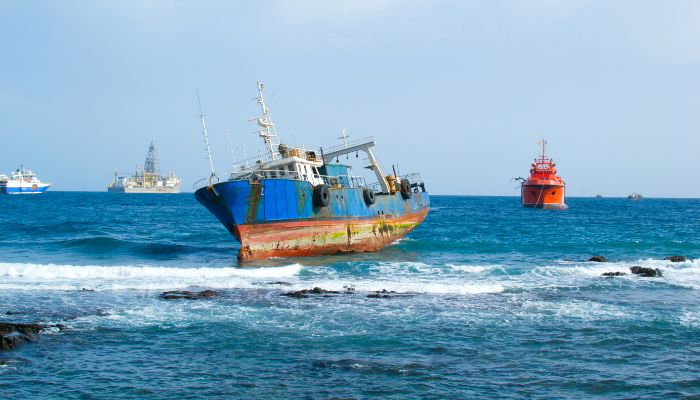

Apart from stunning scenery, it has black sand beaches, beautiful yet dangerous cliffs, geothermal areas, glaciers, hot springs, waterfalls and natural geysers. It also has a modern sports facility, swimming pool and golf course.
The village has 1600 people, and the local economy depends on fishing, retail and fish processing. This port is one of the two general harbours situated on the southern coast, the other being Hofn, which is in the southeast, 400 kilometres away.
Situated on the southwestern coast of Iceland, this port is only seven nautical miles from Reykjavik. It is protected by an outer breakwater spanning 400 metres. The well-sheltered port has two quays which accommodate fishing vessels, cruise ships and cargo vessels. It has a wide and clear entrance channel ranging from 11 to 15 metres.
The port is mainly used for handling the trade of aluminium and LNG imports. It also has a general cargo berth. Apart from these goods, it also deals with timber, oil, salt, Fish products, metal scrap, marine diesel, LPG, and jet fuel. Its annual cargo handling capacity can reach over 900,000 tonnes.
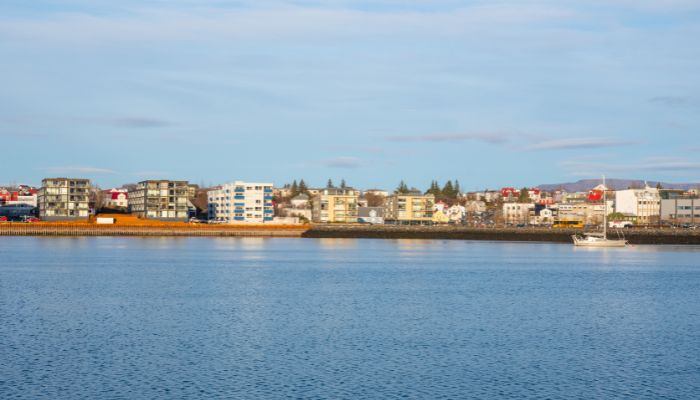

Around 500 fishing vessels and 350 cargo ships carrying 940,300 tonnes are handled annually. The port serves the Hafnarfjörður town, formed on rocks created by solidified lava that erupted from Mount Búrfell around 7200 years ago.
The third biggest community of Iceland, with a population of about 27,000, lives in the town, including the majestic elves.
It is located about 16 nautical miles from Iceland’s coast on a small island group. The port has well-equipped facilities for loading and unloading bulk, general cargo, containers and oil for tankers weighing up to 5000 tonnes. It handles approximately 100,000 tonnes of cargo every year.
The Westman Islands are situated ten kilometres from the southern coast of Iceland and comprise 15 small islands and numerous sandy rocks. The biggest island is the Heimaey, and it has a permanent settlement.
The islands and the area near the port are prone to volcanic activity. Hence locals are always fearful of the lava that could destroy their homes and lives. Now they use cold water to divert its flow. As a result, the sea has been protected, and so is the only port of the islands.
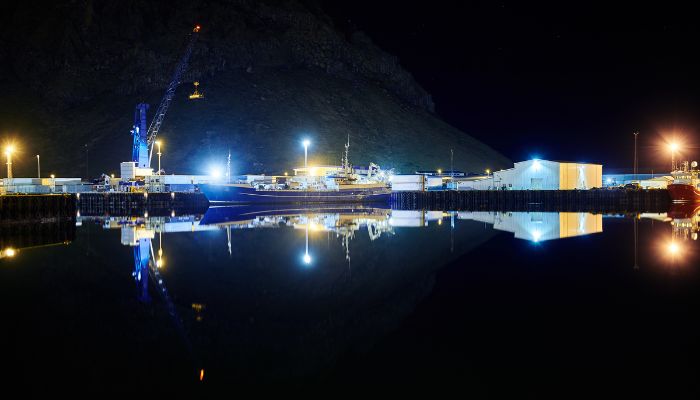

Currently, the town has 4000 inhabitants, and people can feel the warmth of the lava below the ground in some places. One of the islands, called Surtsey, is the youngest island in the world and is monitored and studied by scientists that visit the port frequently for research purposes.
The Westman Islands are home to several bird species, including the puffin. It also has a unique geological museum, hot springs and cultural events like the outdoor festival, which is organised in August.
Dalvik is one of the most important commercial and fishing harbours in Iceland. It is operated and managed by Dalvik Port Authority from Western Eyjafordur. Apart from trade and commerce, its ideal location in the Tröllaskagi peninsula provides easy and convenient access to the ocean.
Dalvik port is frequented by fishing vessels, passenger ships, trawlers, sailing vessels and pleasure crafts. It has a draught of metres. Hence it cannot accommodate huge ships. The Saefari, a ferry service from Dalvik, connects it to Grimsey island, Iceland’s northernmost settlement in the Arctic circle.


The economy of Dalvik town is based on fishing and fish processing. There are many hiking routes as well, and the place is a famous tourist destination for heli-skiing, whale watching, kayaking, seal watching and traditional healing baths and massages.
This harbour is situated on the east coast of Iceland and consists of a small trading station which serves the nearby village. The settlement spans the northern shores of the Stöðvafjörður fjord. It has a pier for handling fishing and small cargo-laden vessels, bringing some essential supplies to this closely-knit village community.
It also receives passenger vessels, and most people come here to visit the Saxa, a natural geyser with its opening in the lava rocks, said to have healing properties. There are also exciting mountaineering routes traversing the Jafnadalur valley. It also has one of the most magnificent natural rock arches and a cluster of rocks known as Einbúi or the Hermit.
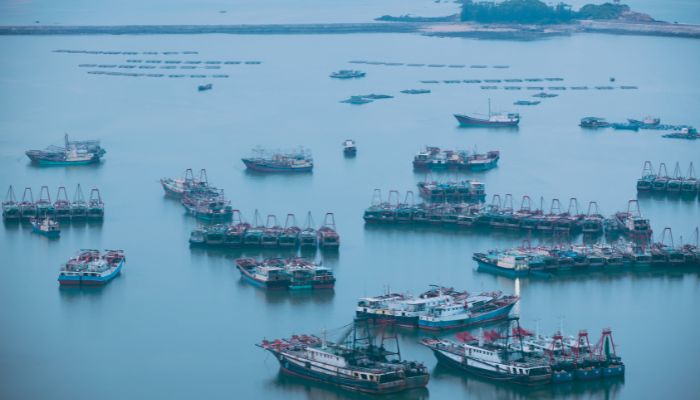

The village was established in 1896 when a man named Carl Guðmundsson was allowed to trade from the port. Farmers engaging in seasonal fishing came together with him to boost the economy based on tourism and fishing. Though employment in the local fishing industry has been reduced, the harbour is essential in the lives of these village people.
Situated on the southeastern coast of Iceland, Keflavik-Njardvik is a well-equipped harbour having commercial quays at Keflavik, Helguvik and Njardvik. It handles dry and liquid bulk, containers, fish and fish products, breakbulk, tankers and passengers. The port offers ship repair and maintenance facilities, including electricity, fuel and water supply provisions at the berths.
The port also operates a marina at Grofin for accommodating 82 small ships and has facilities at Hafnir for small crafts. The port authority is planning to expand it due to its enormous potential.
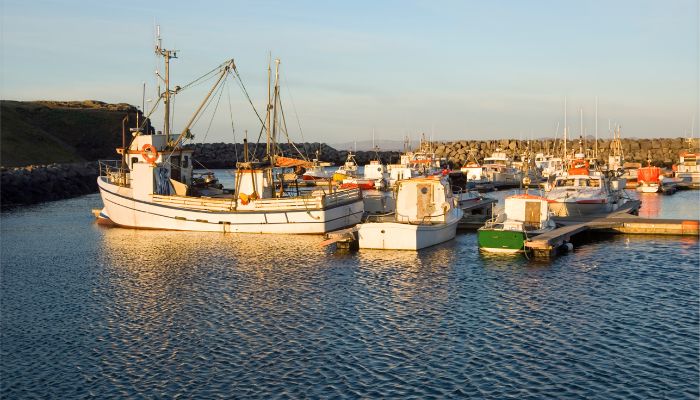

The maximum length of a vessel to ever visit this port is 143 m, and the draught is approximately 5 metres. The region is also famous for boating tours, northern lights cruises and whale watching.
A must-visit is the Kaffi Duus, or the small coffee house, which offers a beautiful panoramic view. It is known for its local delicacies and is famous among locals and tourists.
You might also like to read-
Disclaimer: The authors’ views expressed in this article do not necessarily reflect the views of The Marine Learners. Data and charts, if used, in the article have been sourced from available information and have not been authenticated by any statutory authority. The author and The Marine Learners do not claim it to be accurate nor accept any responsibility for the same. The views constitute only the opinions and do not constitute any guidelines or recommendations on any course of action to be followed by the reader.
The article or images cannot be reproduced, copied, shared, or used in any form without the permission of the author and The Marine Learners.










We believe that knowledge is power, and we’re committed to empowering our readers with the information and resources they need to succeed in the merchant navy industry.
Whether you’re looking for advice on career planning, news and analysis, or just want to connect with other aspiring merchant navy applicants, The Marine Learners is the place to be.